© Nick David
We are delighted to share the gallery of work selected and curated by Karen McQuaid, Senior Curator at The Photographers Gallery in response to our member wide call-out.
We thank all our members for their submissions and will be showcasing them across Instagram over the coming week along with their individual stories and experiences.
Anecdotally we have often been told that there is a high proportion of our membership who are dyslexic. Far from being a seen a disadvantage and disability, much of the modern world has been created through neurodiverse thinking and the creative brilliance of individuals across multiple fields.
Drawing on Dyslexia and the accompanying survey in association with the British Dyslexia Association are an initial attempt by us to understand the prevalence of dyslexia and other neurodiverse thinking within our membership and how it impacts, enhances and supports their creativity.
It forms part of our response to Dyslexia Awareness Week (3-9 October 2022) and World Dyslexia Day on 7 October which includes a webinar – Celebrating the Creative Potential of Thinking Differently which takes place on Thursday 6 October 2022 at 19:00 via Zoom.
Further details below.
Karen McQuaid
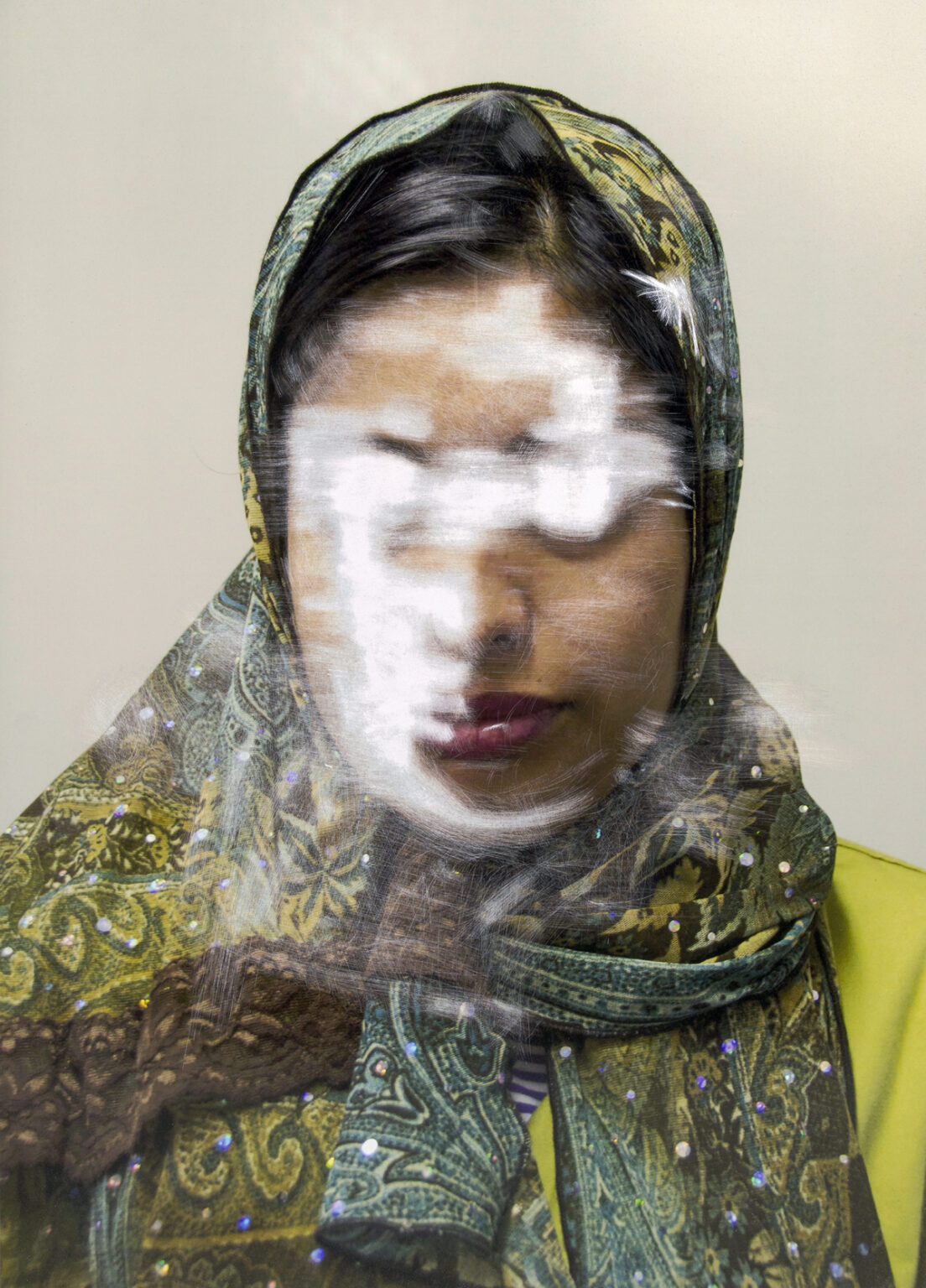
Sam_Ivin3, Pakistan
Time waiting for asylum: 8 months
“I have two kids but I had completed my study, my first part of the MBA. But when I had to get admission in [a] new college there was a problem with my husband. So I suffer from domestic violence from my husband and his family. So that’s why I have decided to apply for the asylum.” Hand scratched C-type, 55x76cm, 2015 Lingering Ghosts
Hi folks, I’m Sam Ivin this is my award winning series Lingering Ghosts, which explores how long periods of waiting effect asylum seekers in the UK immigration system. Produced in collaboration with Italian communication research centre, Fabrica, 2015.
I began the work by visiting a refugee drop-in centre in Cardiff, I wanted to find out more about what bought asylum seekers to the UK. I volunteered and spent time at the centre chatting to clients and staff.
I was shocked at how many asylum seekers had been waiting for long periods of time whilst applying for their refugee status, some months, others years. Unable to work or travel these people are stuck in limbo, unable to progress or contribute to society.
I expanded this work in 2014 and 2015 working with refugee charities across the UK. The photobook and final series of original hand-scratched portraits was published by Fabrica in 2016 and has been featured on British Journal of Photography (BJP), WIRED.com, Courier International, Amnesty Members magazine and featured at various photography festivals across Europe.
Visit www.samivin.com/lingeringghosts to find out more.
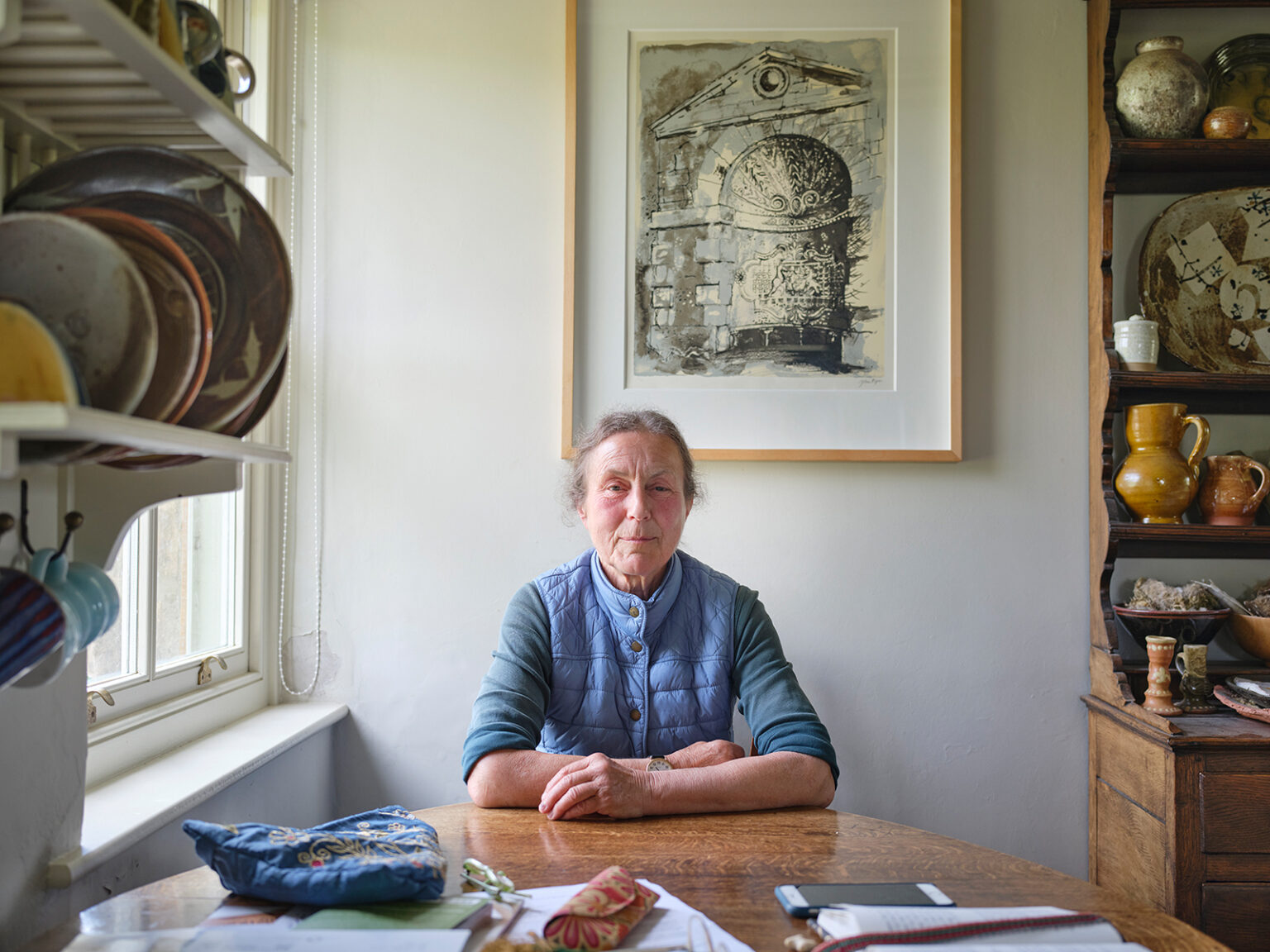
Although I’ve never been formally diagnosed, I believe I am dyslexic. Both of my children are diagnosed with dyslexia and I pushed for them to be tested when they started to show the same anxieties around reading and spelling as I have always had.
I muddle up names and words, have a terrible ability to retain facts and very much ‘read’ the world on a visual axis. I agonise over writing anything (this doc. included) and have very little confidence in creating the written parts for my job. When having to explain something to someone I often find I ‘translate’ the information into a visual ‘scene’.
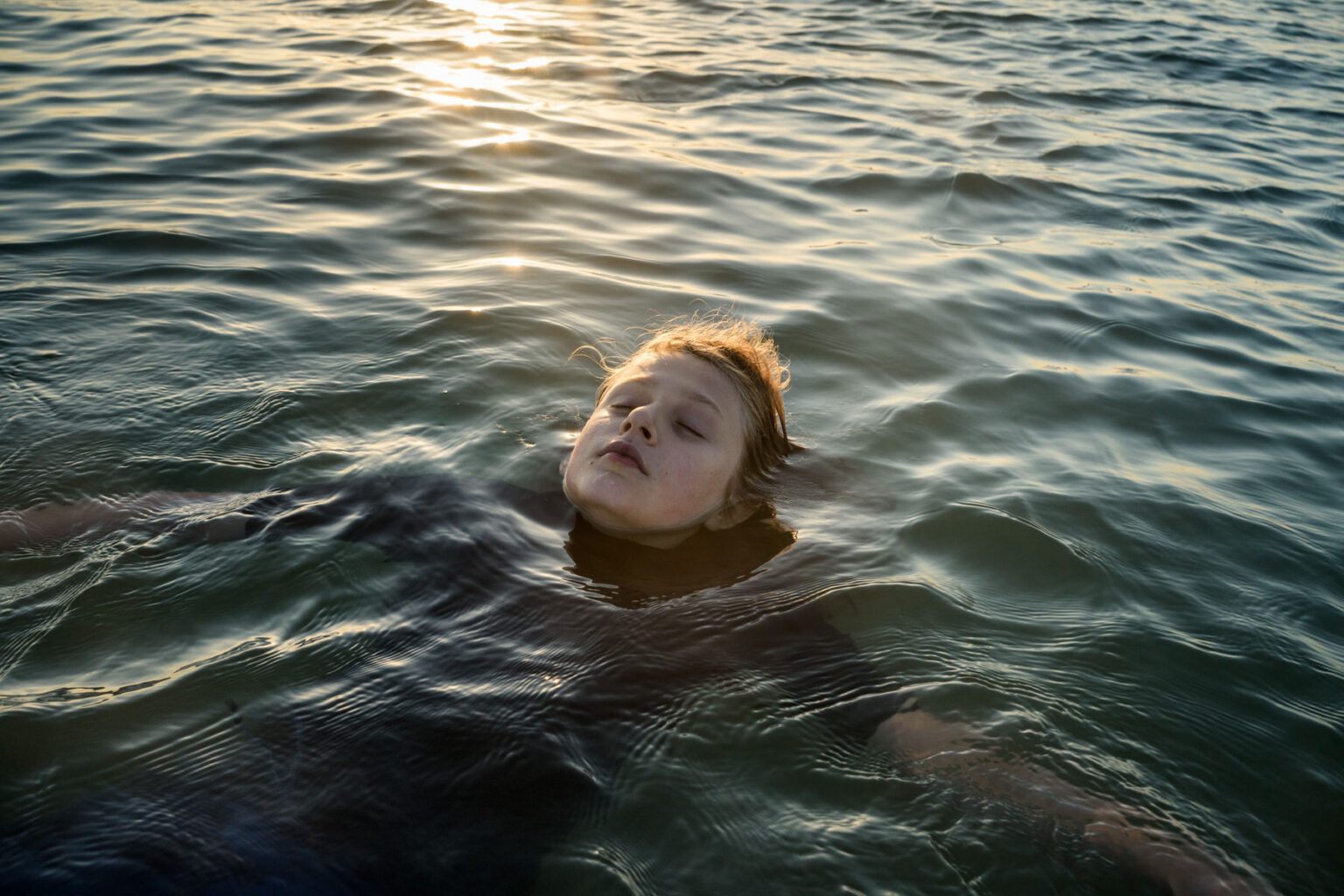
The term ‘thalassotherapy’ (using seawater for health benefits) is a long-lived practice that dates back to the ancient Egyptians. Sea swimming has been linked to stimulating the parasympathetic system which is responsible for rest and repair and can trigger the release of dopamine and serotonin, and reducing levels of cortisol, the ‘stress hormone’. It is sometimes said to be as effective as antidepressants in treating mild depression.
During both summers of the pandemic, with the world – and my own personal life – spinning out of control, I have spent many days driving to the coast with my son. Being by the sea and listening to the waves and the wind soothed and grounded us. This image is part of a series of collaborative portraits, exploring the themes of mental health, growing up in an uncertain world, and the human connection with nature.
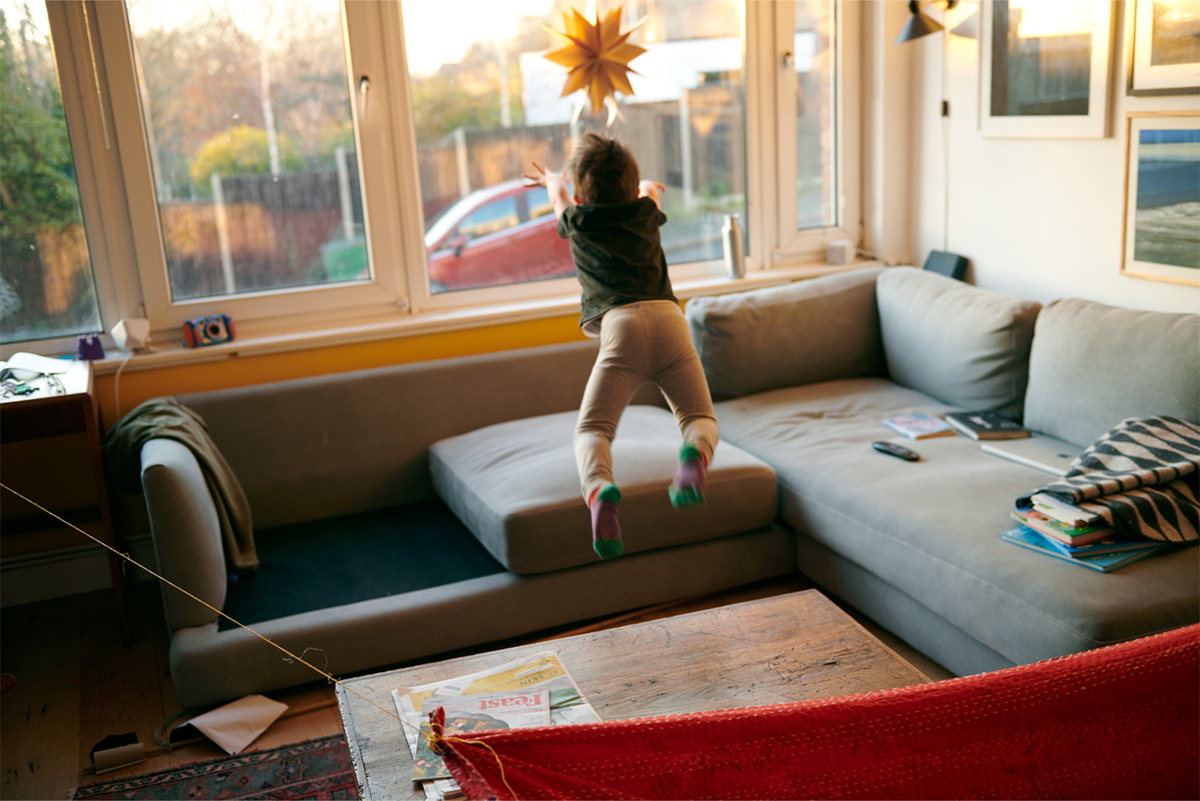
I am Dyslexic. I always struggled with the less practical, more academic sides of school and, although I pursued photography very early on, didn’t discover I was Dyslexic until University when it all made sense!
By then I had already discovered my path and was using photography as my creative output but still, everyday, I struggle with reading and writing, spellcheck is a godsend as are friendly proofreaders (my wife!). The pictures submitted are not based around Dyslexia but hopefully demonstrate my creativity!
Ben Gold – www.bengold.co.uk
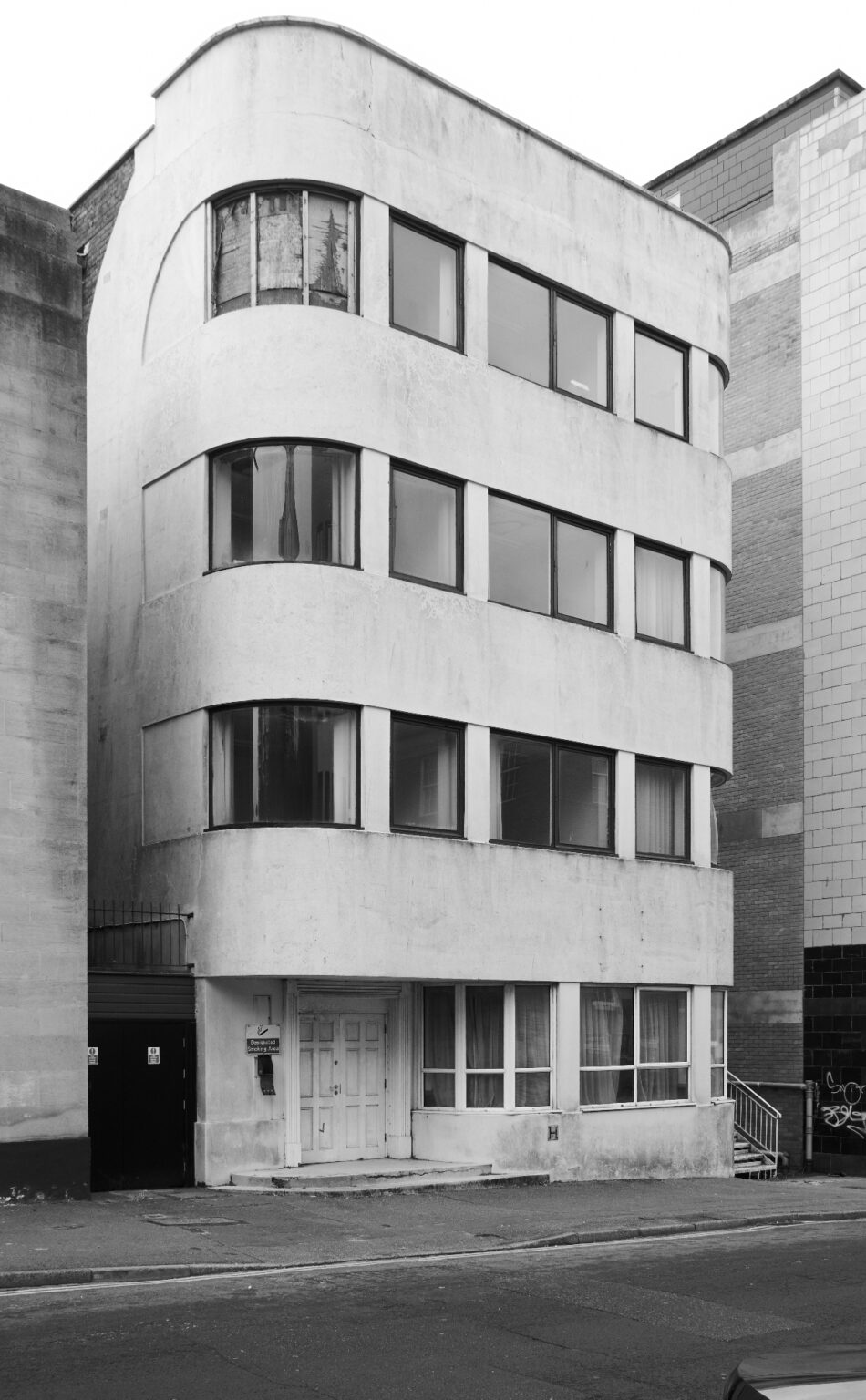
An image are from a series that was created for a photobook unit within university. Exploring Bournemouth’s Art Deco architecture which is a style that was predominantly seen within leisure and seaside towns in the 1930s.
I am dyslexic.
My experience with dyslexia and neurodiversity Is that I have found typical academic work never working with me and struggled a lot with it in school never really thriving. However, have found since starting to study photography at uni it has been a nice change as it’s a mostly practical subject I have found to be a great tool to express things I’m passionate about through my work visually especially expressing my love for architecture and being able to explore this key interest of mine more throughout my studies.
Date: Thursday 6 October 2022
Time: 19:00 GMT (1 hour)
Location: Online via Zoom
All thinking is on a spectrum, we go beyond the labels to understand whether thinking differently can give you the creative edge. In this webinar we welcome a panel of AOP practitioners who share their experience of dyslexia, and related neurodiversity, along with a representative from the British Dyslexia Association, to examine its prevalence in the creative industries.
Join our panel Chaired by Isabelle Doran, CEO AOP and;
… as they discuss routes to photography and reflect on the findings of our joint survey AOP and Dyslexia in association with the British Dyslexia Survey.
Karen McQuaid is Senior Curator at The Photographers’ Gallery, she also regularly contributes to international workshops, writes for photography publications, edits artists books, and guest lectures across the UK and Ireland. At The Photographers’ Gallery she has curated exhibitions including Jim Goldberg, Open See (2009); Fiona Tan, Vox Populi, London (2012); Andy Warhol, Photographs: 1976 – 1987 (2014); Lorenzo Vitturi, Dalston Anatomy (2014) and Rosângela Rennó, Río-Montevideo(2016). She has co-curated Geraldo De Barros, What Remains (2013) with Isobel Whitelegg, Made You Look, Dandyism and Black Masculinity (2016) with Ekow Eshun and Shot in Soho (2019) with Julian Rodriguez. Karen also facilitates TPG New Talent, a programme for UK based emerging practitioners and has curated exhibitions at The Moscow House of Photography and The National Gallery of Kosovo.
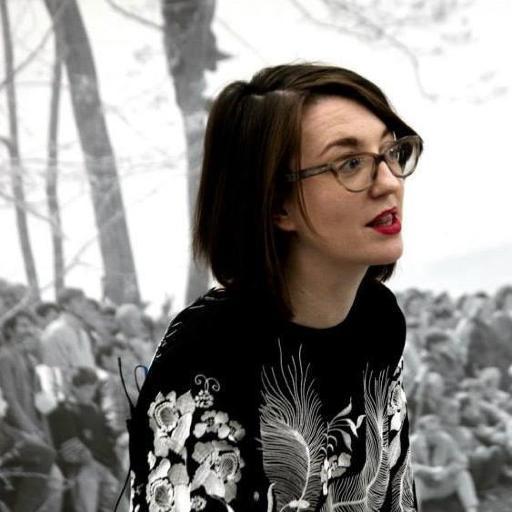
The Association of Photographers is a membership organisation dedicated to promoting, protecting and educating photographers of all levels – from those starting out, to experienced professionals, and everyone in between.
© The Association of Photographers Ltd
The AOP Photography Awards are known as the ‘Oscars’ of the photography world. They celebrate excellence in the creative photography and image-making industry.
This is your chance to be seen by leading commissioners and names within the photographic industry.
Check out our 39th AOP Awards FINALISTS and WINNERS